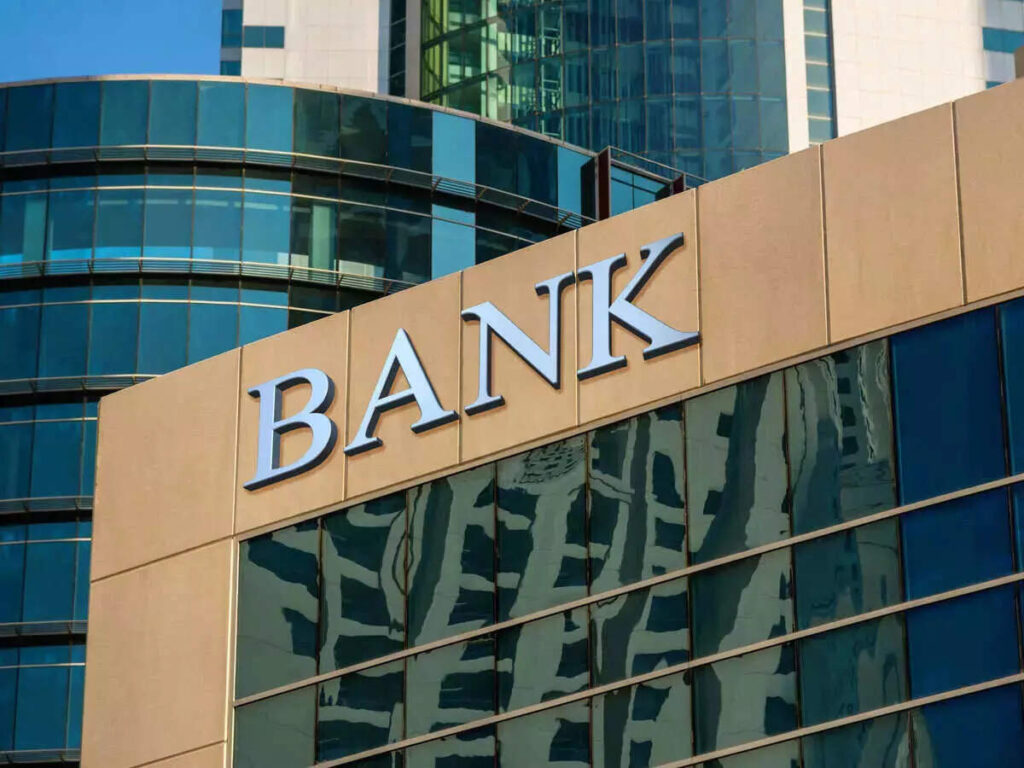KOLKATA | MUMBAI: Public sector lenders have gained about 26% in FY25 net profit cumulatively, but the current fiscal may expose them to pressure on net interest margins (NIM), thus likely leading to a moderation in their return on assets.
Large banks such as State Bank of India, Canara Bank and Punjab National Bank have lowered their NIM expectations. Canara and PNB have also given guidance of lower credit growth amid geopolitical uncertainty triggered by US tariffs. “From a profitability perspective, return on assets (RoA) are to moderate 10-20 basis points (bps) to 1.1-1.2% this fiscal from an over-two-decade peak of about 1.3% in fiscals 2024 and 2025,” Subhasri Narayanan, director, Crisil Ratings told ET.
“This will stem from a similar contraction in their NIMs, due to a faster downward repricing of loan assets than of deposit liabilities in a falling interest rate environment,” she said.
For the entire banking sector, about 45% of total loans are linked to an external benchmark, primarily repo-these are typically repriced rapidly after rate cuts. For the public sector group, the EBLR-linked loans are around 35% of the total portfolio. SBI chairman CS Shetty expects another 50 basis points policy rate cut starting with 25 bps in the next monetary policy committee meeting scheduled on June 6. “There will be, definitely, some pressure on the margins going ahead,” he said.
The bank has not given any NIM guidance since some of the loan portfolio gets repriced immediately with the policy rate cut, while the impact of lower deposit rates comes at a lag. “The lag generally is 12-18 months for existing deposits to get repriced,” Shetty said.
SBI expects gross credit to grow by 12-13% in FY26, against 12% expansion in FY25. Canara Bank gave a guidance of 10-11% credit growth against 11.74% in FY25, while PNB pegged it at 11-12% as compared with the FY25 growth of 13.6%.
“In this context, public sector banks-with about 35% of their total loans being linked to EBLR-are better positioned than private banks which have over 50% of their loans linked to external benchmarks. Ceteris paribus, transmission of the rate cuts on the asset side may be slower for PSBs resulting in a less than average fall in NIMs,” Crisil’s Narayanan said.
She expects overall bank credit to grow 100-200 basis points (bps) faster on-year to 12-13% in fiscal 2026 given three tailwinds: the recent supportive regulatory measures, a boost to consumption from tax cuts and softer interest rates.
“Our prognosis for large banks is that of benign margin expansion or, at the very least, stability in H2FY26 after a shallow bottom in H1FY26. Thus, we expect reasonable credit growth to translate into concurrent earnings growth momentum for banks in FY26-a key catalyst for re-ratings, in our view,” said Santanu Chakrabarti, an analyst with BNP Paribas Securities India. “We believe the timing of rate cuts will be key to the margin pivot point and gradient”.
In FY25, all government-owned lenders reported a surge in net profit, offsetting the pressure on their NIMs. SBI posted a 15.8% rise in net profit. PNB showed a triple digit 102.6% jump while Bank of Baroda booked the least growth at 10.6%. Overall net profit for the public sector pack stood at ₹1.93 lakh crore in the last fiscal year, up 26.14% over ₹1.53 lakh crore in the preceding fiscal.
Source: The Economic Times

 Government Mulls Key Changes In Highway Monetisation Norms
Government Mulls Key Changes In Highway Monetisation Norms 